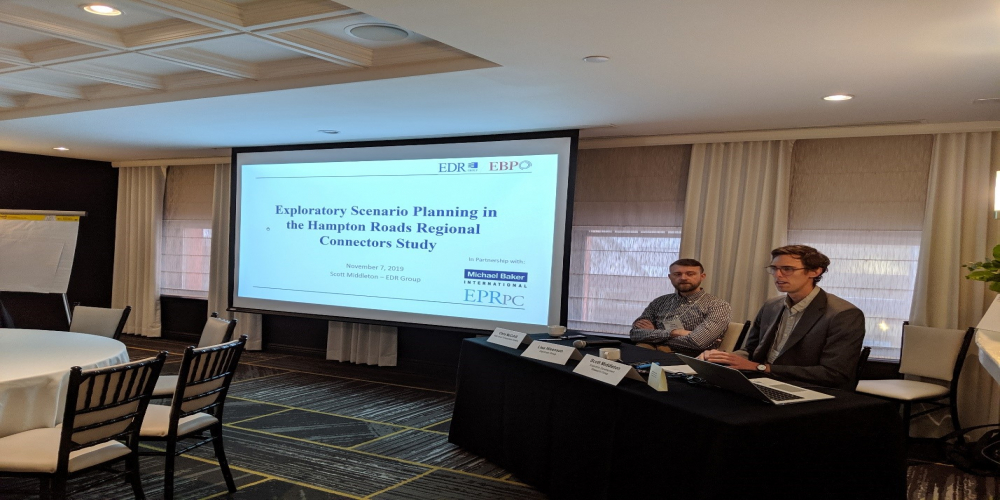Blog
There’s a saying: “forecasts are always wrong.” But we, as planners and analysts, spend a great deal of our time and energy trying to anticipate and plan for the future. How then, do we manage a world of compounding and multiple uncertainties?
Typically, access conveys movement – driving to a job, walking to a store, taking a bus to school. But in the coronavirus era, being able to participate in the economy without leaving the house has become paramount.
Tags:
#scenario planning
Few places were spared from the spread of COVID-19 this spring.
Tags:
#scenario planning
Scenario planning – a flexible and indispensable methodology for considering alternative futures and identifying appropriate planning responses – is a growing area of practice for EDR Group. As we explain in our Emerging Topic page on scenario planning, it is a useful tool for guiding infrastructure investment plans in the face of uncertainty related to sea level rise, technology adoption, economic growth, and just about any uncertain factor you can imagine.
Tags:
#scenario planning
Departments of transportation increasingly use scenario planning to prepare for future changes that will affect the movement of people and goods. Scenario planning requires planners to prepare for a range of possible futures, considering topics like climate change, demographics, and emerging technology. Technological change is perhaps the most difficult issue to address given the wide uncertainty surrounding new mobility and the number of private operators involved in transportation.





